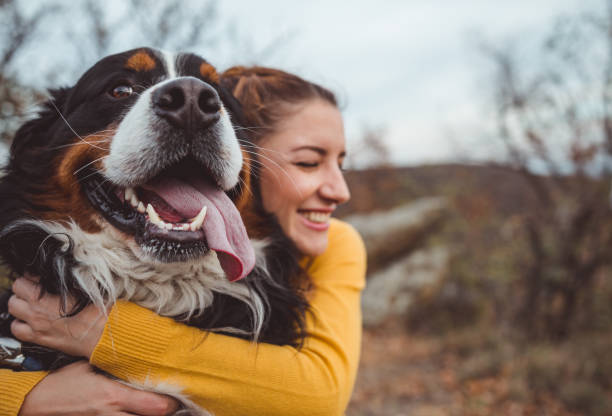
🐾 How to Measure Your Pet for the Perfect Carrier
Share
Choosing the right pet carrier size is one of the most important decisions you can make for your pet’s comfort and safety. A carrier that’s too small can cause anxiety, discomfort, and even health issues. On the other hand, a carrier that’s too large may make your pet feel insecure and can become a safety hazard during travel.
To ensure your furry friend has the best possible experience, you need to find the perfect fit. This guide will walk you through exactly how to measure a dog or cat, so you can choose a carrier that feels like a cozy den—not just a travel box.
✨ Step 1: Why Accurate Measurements Matter
You might be tempted to guess your pet’s size or choose a carrier based on weight alone, but that’s a risk you don’t want to take. A properly sized carrier allows your pet to stand up, turn around, and lie down comfortably—essential for their well-being, especially on long journeys.
• An accurate pet carrier size check helps prevent returns and ensures your pet is happy from the moment they step inside.
• It’s crucial that your pet does not stand up while you’re walking with the carrier. If they do, they can lose balance, become nervous, and even panic.
• A standing or moving pet can also make the carrier uncomfortable to carry.
🧠 Training Is Key
Before using the carrier for walks, it’s essential to train your pet to feel safe inside it. Here’s why:
• Pets often panic when pushed into a small, unfamiliar space.
• Many pets experience confinement anxiety and can damage even the strongest carrier if not properly introduced.
• Gradual desensitization and positive reinforcement are essential.
• We’ve included updated guides: “How to Bag-Train Your Pet”, with step-by-step instructions for both cats and dogs.
Most pets take 6–8 weeks to learn to relax and lie down in a carrier. Once trained, walks become enjoyable for both pet and owner.
After completing the first 9 steps of the training manual, you can teach your pet to sit up. Once they’ve mastered lying down and sitting, it becomes a joy to carry the bag with your pet sitting calmly, head peeking out of the top door. You’ll likely receive tons of compliments—everyone finds this the most adorable way to carry a pet!
According to renowned dog behaviorist Cesar Millan, helping your pet become calm and submissive early on makes all training easier. His YouTube videos are both entertaining and insightful.
📏 Step 2: How to Measure a Dog or Cat
To get the most accurate dimensions:
• Have your pet stand on all fours.
• Use a treat or toy to keep them calm if needed.
Length: Measure from the tip of the nose to the base of the tail (do not include the tail). Height: Measure from the ground to the highest point of the body—usually the top of the head or neck.
🐱 Cat Carrier Dimensions Tip
Cats are flexible and often curl up in small spaces, but they still need enough room to stand and turn around. Use the same measuring method as for dogs.
⭐ Pro Tip for Squirmy Pets: Hold your pet gently against a door and mark the nose, neck, and tail base with a pen. Then measure the marks on the door and wipe them off—easy, accurate, and stress-free.
📐 Step 3: Matching Measurements to Pet Carrier Size
Once you’ve measured your pet, use the chart below to find the right carrier. Weight is a helpful guide, but length and height are the most critical factors.
|
Carrier Size |
Pet Length | Pet Height | Max Weight |
Upright Position |
Side Position |
|
Extra Small |
8–13 in |
9 in |
8 lb |
L14” x W8.3” x H8.3” |
L14” x W8.3” x H8.3” |
|
Small |
14–16 in |
11 in |
16 lb |
L16.5” x W9” x H11.4” |
L16.5” x W11.4” x H9” |
|
Medium |
16–18 in |
11.5 in |
20 lb |
L18.5” x W10.2” x H11.8” | L18.5” x W11.8” x W10.2” |
|
Large |
18–20.5 in |
14 in |
24 lb |
L20.8” x W11” x H14.3” |
L20” x W14” x H10” |
⚠️ Notes on the Large Carrier
• Not ideal for all travelers: Due to its size, the large carrier may be difficult for small-framed individuals to carry.
• Airline travel: It’s not a standard carry-on. It may fit under only a few airline seats and might require compressing the frame by up to 1 inch. Always check your airline’s specific pet carrier measurements and weight restrictions before booking.
💡 Beyond the Tape Measure
While dimensions are essential, your pet’s personality matters too. If your pet gets anxious, consider a carrier like the Natuvalle 6-in-1 Pet Carrier Backpack, which offers extra ventilation and a cozy pad. A few extra inches can make a big difference in comfort and security.
Choosing the right carrier means balancing physical fit with emotional comfort. By taking the time to measure properly and train thoughtfully, you’re not just picking a bag—you’re creating a safe, portable haven for your beloved companion.
